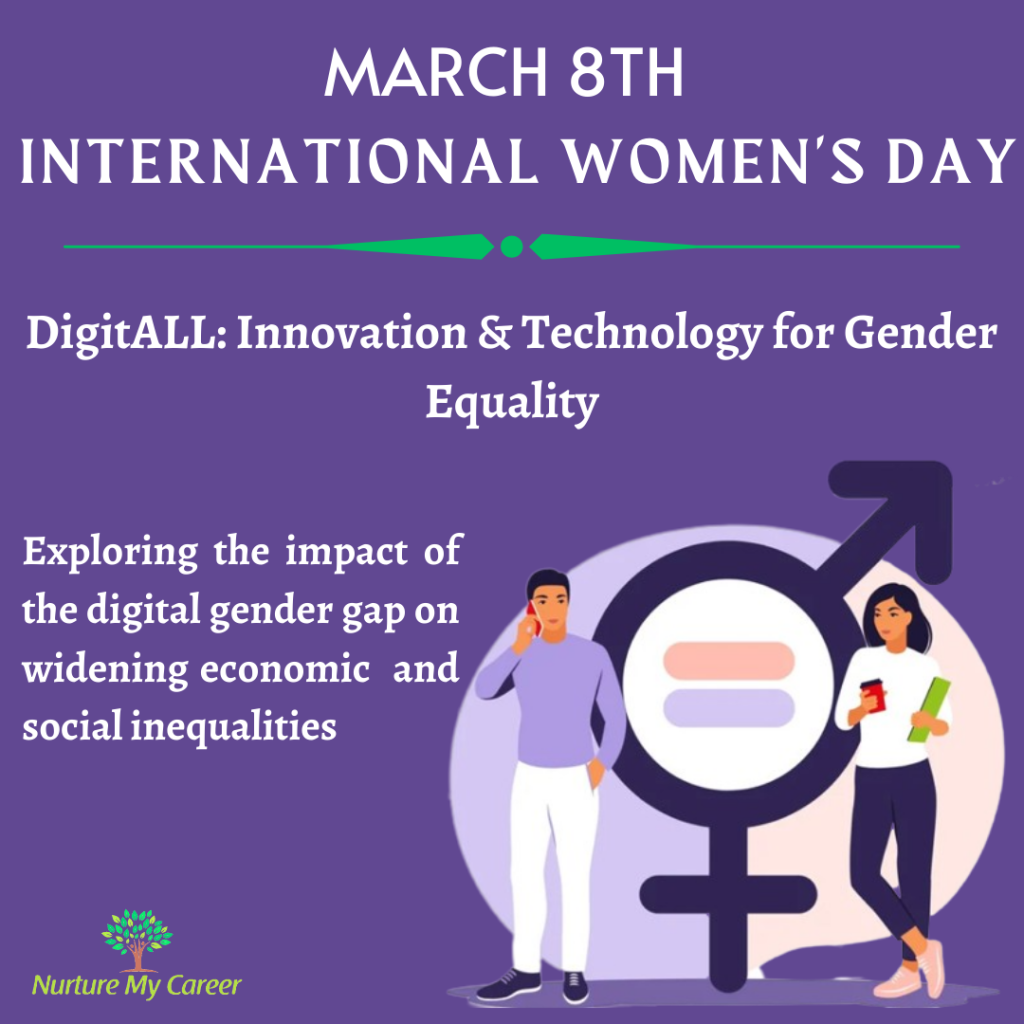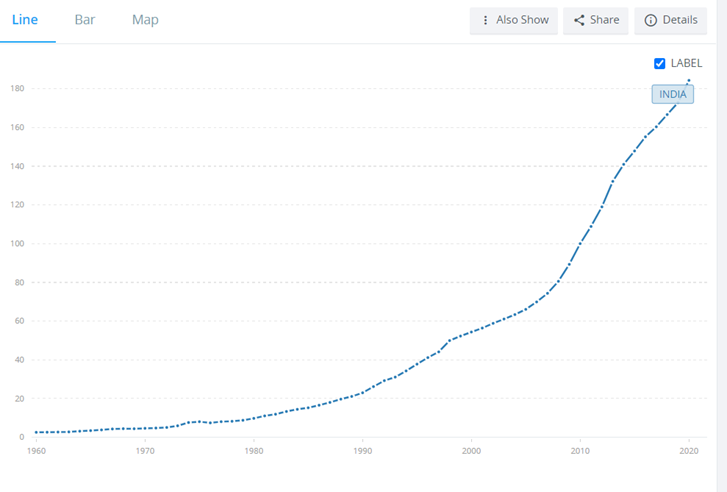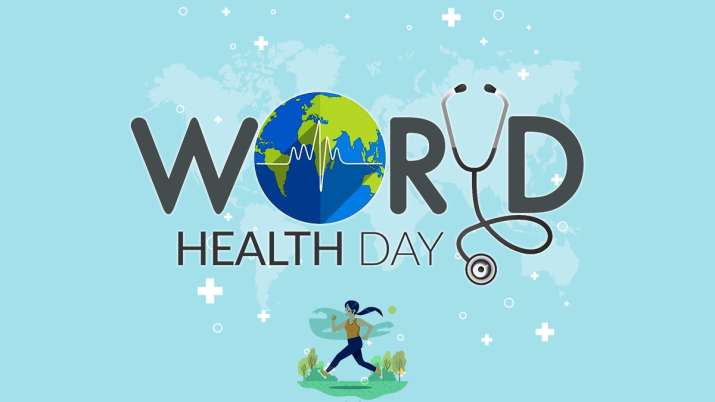
We celebrate International Women’s Day every year on the 8th of March to commemorate women’s contributions to society, culture, economics, and politics. The day also celebrates gender equality in all spheres of life and reminds us of the work that remains to be done to ensure we stick to the path of gender equality.
This year the theme for International Women’s Day 2023 is ‘DigitALL: Innovation and technology for gender equality’.
The UN states, “From the earliest days of computing to the present age of virtual reality and artificial intelligence, women have made untold contributions to the digital world in which we increasingly live.” It is commendable that these achievements have been against all the odds in the field that has neither appreciated nor welcomed women.
According to the United Nations (UN), women make up only 22 per cent of artificial intelligence (AI) workers and 28 per cent of engineers globally. Not only this, but they also face a gender pay gap of 21 per cent. A survey of women journalists from 125 countries found that three-quarters had experienced online violence in the course of their work and a third had self-censored in response.
“Digital rights are women’s rights” was the opening statement to the Commission on the Status of Women at its 67th session, by Ms Sima Bahous, UN Under-Secretary-General and Executive Director of UN Women.
Excerpts from her speech indicate the following solutions to attain the goal:
- Closing the gender digital divide
- Investing in digital, science and technology education for girls and women
- Ensuring jobs and leadership positions for women in the tech and innovation sectors
- Ensuring transparency and accountability of digital technology
- Placing the principles of inclusion, intersectionality, and systemic change at the core of digitalization
- Working with men to foster ethical and responsible online behaviour and making equality a cornerstone of digital citizenship.
- Making the necessary effort and investment to ensure that online spaces are free of violence and abuse, with mechanisms and clear accountability to tackle all forms of harassment and discrimination and hate speech.
While we persistently make efforts towards attaining this year’s theme for International Women’s Day, let us know more about the valuable contributions made by a few Indian women leaders in the technology sector in recent times.
Debjani Ghosh: A veteran of the technology industry, she was the first woman to lead Intel India, Manufacturers’ Association for Information Technology. Currently, the President of NASSCOM, she was a driving force behind the creation of the “Think Digital, Think India” strategy.
Upasana Taku: Co-founder of the top mobile payment network in India, Mobikwik, she became the first female to run a payments company in India. With a rich experience in the fintech sector, she was awarded the ‘Best Woman Entrepreneur Award 2017’ by ASSOCHAM.
Mayurakshi Ray: Until recently, the chief compliance officer at GeBBS Healthcare Solutions, Mayurakshi is a CA by qualification, but an Information and Cyber Security consultant by profession. She is the Recipient of the Top 100 CISO award for 3 years in a row and has co-authored the 7th edition of the Global Technology Audit Guide (GTAG) on Information Technology Outsourcing issued by the Institute of Internal Auditors (IIA), Florida.
Dr Neena Pahuja: Former Director General at ERNET India, Dr Neena with over 33 years of experience, has worked in different business verticals in various capacities. Starting from software development to consulting & ERP implementation, her areas of expertise include IT roadmap planning, application development, product development, ERP & Supply Chain implementation, Analytical tools, financial planning, IT Strategy, Business Process Re-engineering, Change Management, and security & compliance. Her PhD work was on Scheduling algorithms for multimedia on the network and parallel processing.
Puneet Kaur Kohli: CTO of Universal Sompo General Insurance Company, Ms. Kohli has worked in various leadership roles and was associated with Manappuram Finance, Bajaj Cap, Bharti Airtel, and Motricity in the past. With a B.Tech from Delhi College of Engineering and an MBA in Information Systems from FMS, Delhi, she has won the business transformation leaders award from TechCircle for 2020, NBFC Tech Tech 100 award for disruptive technologies in 2019 and 2020. With a few more awards under her belt, she has an extensive experience of 25 years in Information Technology across esteemed organisations.
Harmeen Mehta: Former Global Chief Information Officer and Head of Digital, at Bharti Airtel Limited and currently Chief Digital & Innovation Officer at BT, Harmeen has over 20 years of experience in technology and has been recognized among the top 10 women in the telecom and technology industry across the globe. Born in Chandigarh, she studied artificial intelligence and neural networks at the Massachusetts Institute of Technology. She was the winner of the 2018 MIT Sloan CIO Leadership Award.
With many other such examples of women leaders in the technology sector, women have proved that they are the biggest reservoir of talent in the world. It is fascinating to see India’s progress in empowering women in IT, but the reality is that there is a great amount of work that is yet to be done in this field.
“Optimism is the faith that leads to achievement” – Hope that in the coming times, we will boast of many more Indian women leaders and experts in the digital and technology sector.
‘Happy International Women’s Day.’










